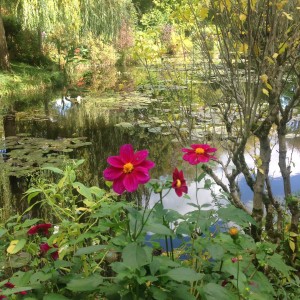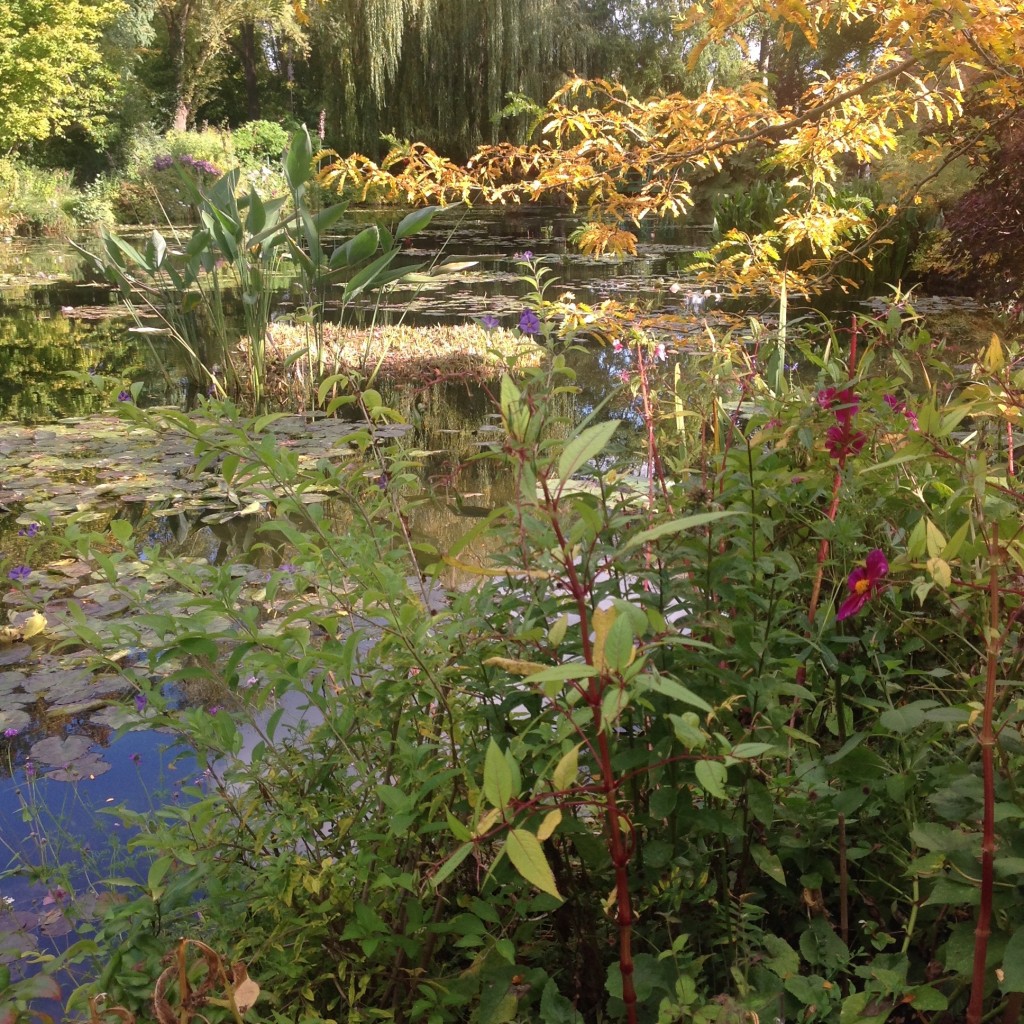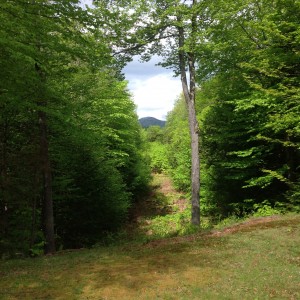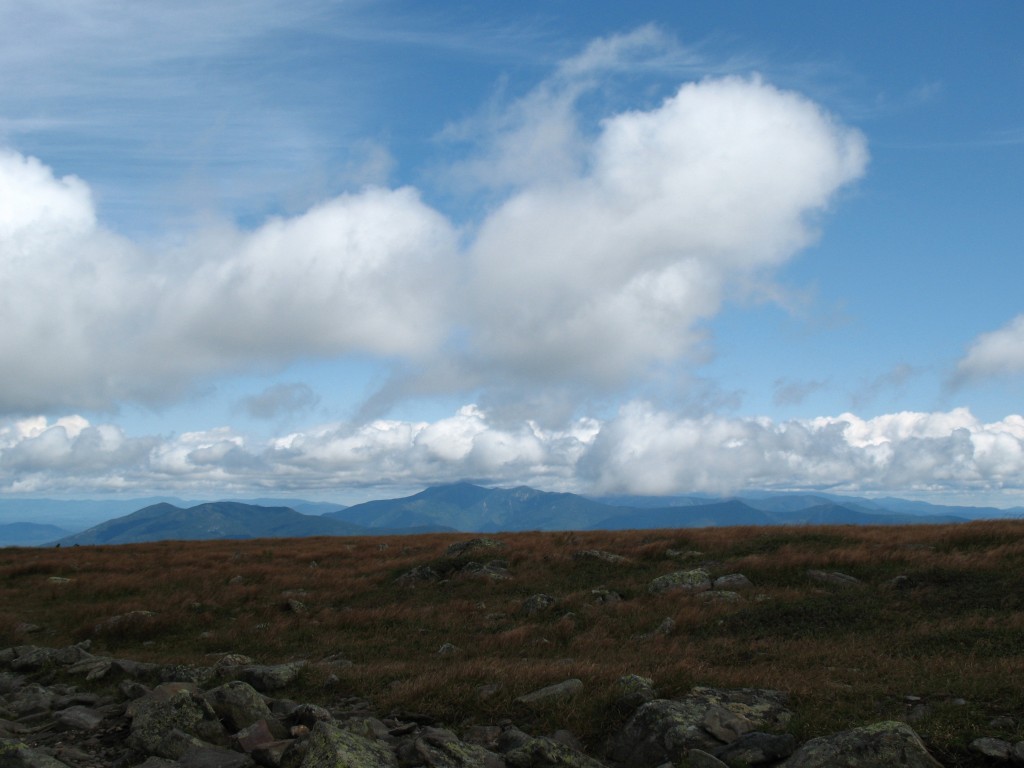While I’ve not had a chance to visit the new solar array at Thoreau Farm, I have seen pictures and gotten notice via the mail. At the same time, even at this relatively lofty latitude in Maine, I’ve been watching nearby houses take on panels, angled, of course, just so to catch the southwestern arc our sun takes. And last year, nearby Bowdoin College completed a solar installation that covers the huge tundra of roof above their field house and hockey rink.
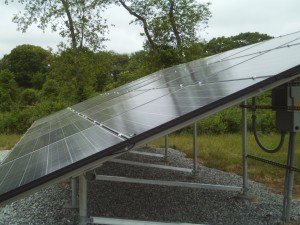
Thoreau Farm Solar
All of this in a state that suffers one of the country’s most regressive governors, and one of the few politicians who might be capable – sadly – matching D Trump mouth for mouth.
Imagine what might happen with a little political light, will and encouragement.
For now, however, I desist with this line of thought and return to panels facing the sun. And, when I turn that way and angle my face likewise and close my eyes, I am reminded of Henry Thoreau sitting for the sunny morning in his Walden doorway “rapt in revery,” and I am reminded also of his meditation on direction for a walk in “Walking”:
When I go out of my house for a walk, uncertain as yet whither I will bend my steps, and submit myself to instinct to decide for me, I find…that I finally and inevitably settle southwest…My needle is slow to settle…and does not always point southwest, but it always settles between west and southwest. The future lies that way to me…
Always sun aware, Henry Thoreau saw its direction as the way of progress, the way to what’s next. And Thoreau realized (favorite Henry verb) that the project of the day was not to make America great again, but to realize the land’s and its peoples’ potential by going forward. He points the way at Walden’s end:
I do not say that John or Jonathan will realize all this; but such is the character of that morrow which mere time can never make to dawn. The light which puts out our eyes is darkness to us. Only that day dawns to which we are awake. There is more day to dawn. The sun is but a morning star.
Thoreau Farm’s solar panels, open like pages to the sun, join with thousands of other new panels/pages in pointing the way forward, in turning light into a better life.

